Once we’ve evicted the unwanted wildlife tenants the task of cleaning the mess they’ve left behind begins. As part of the removal process our team will evaluate and report back to you, through photos and videos, on any contamination and property damage. We get to the hard reach places of your attic, crawlspace or roof and leave no stone unturned in returning your home to its original state.
After a wildlife infestation your attic, basement, shed or garage could be contaminated with harmful bacteria. In addition to contaminating your home with urine and droppings, wildlife activity inside your home could lead to damaged insulation, vapor barrier, ductwork and electrical wiring.
Skedaddle technicians are trained to fix and repair wildlife damage and are equipped with the personal protective equipment and tools needed to get the job done. If there is significant damage to your insulation, our attic restoration services are designed to return your attic to a clean and functional state using eco-friendly cellulose insulation.
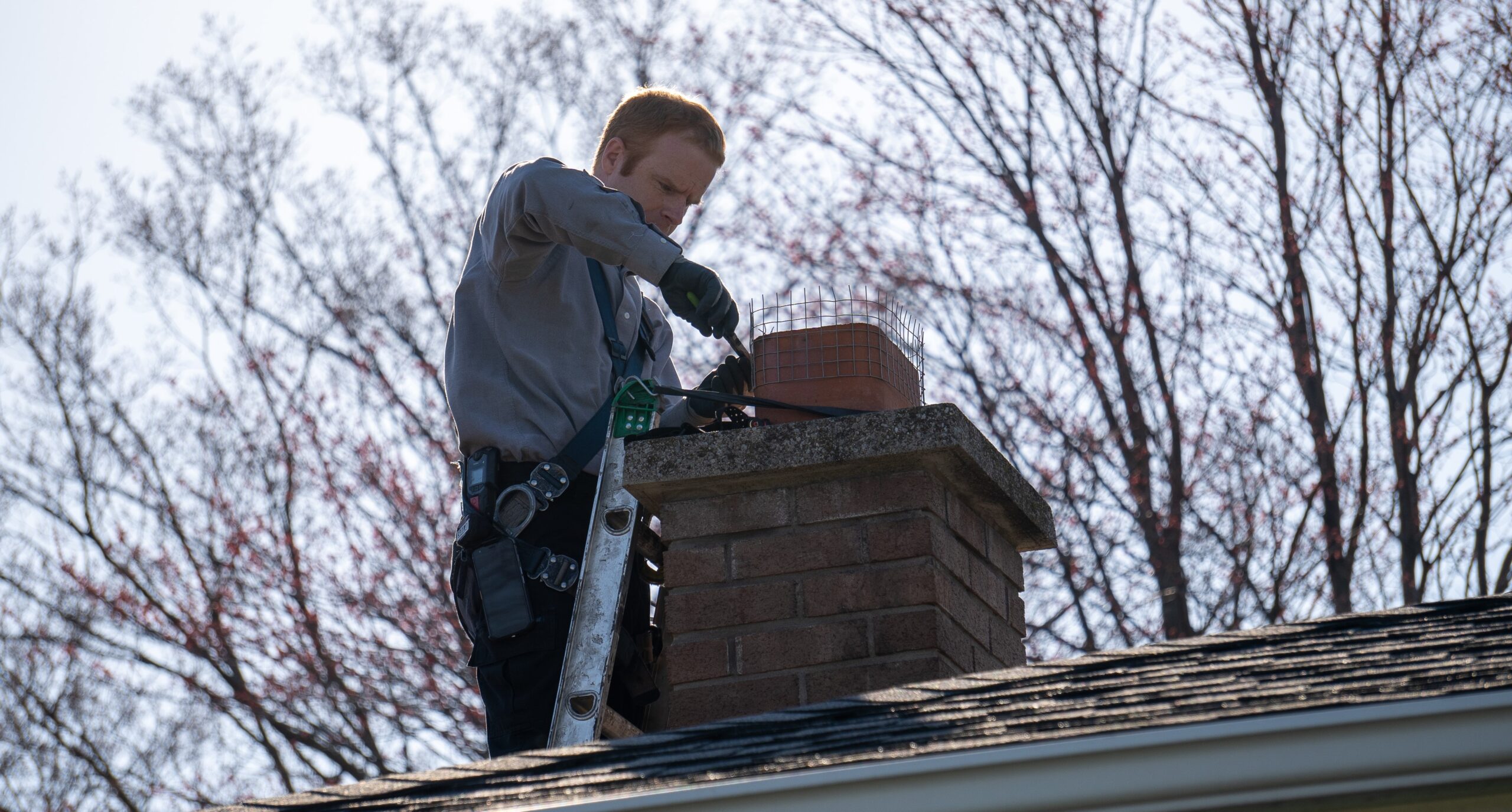
Here are some of the factors that impact the amount of damage urban wildlife can cause:
SPECIES-SPECIFIC DAMAGE
Different wildlife species are capable of producing entirely different types of damage and health risks while occupying a home. Here are a few things to keep in mind:
- Raccoons – The most dangerous part of a raccoon infestation is the fact they turn their den sites into giant litter boxes. In addition to leaving an odor behind, raccoon feces can also carry roundworm eggs that can lead to a fatal condition if ingested. In short order, raccoons trample attic insulation rendering it useless.
- Squirrels – Like other rodents, squirrels love to gnaw on surfaces. Inside your home they will chew electrical wires, structural wood and insulation. Despite their small size, squirrels are very active and capable of inflicting extreme amounts of damage in a very short time frame.
- Birds – The nesting material brought into your home by birds can block important venting systems and act as a fire accelerant. Their droppings, if inhaled by humans, can cause an incurable lung disease called histoplasmosis.
- Bats – A colony of bats inside your walls and attic can produce large amounts of feces. Like birds, bat droppings are also associated with histoplasmosis. Living with bats increases your chances of coming into contact with the rabies virus.
- Mice – Of all the wildlife species we deal with, mice are the most likely to work their way into the living quarters of your home. An adult mouse can produce 50-75 droppings a day and spread dozens of harmful diseases. Mice tunnel through attic insulation turning it into Swiss cheese leading to increased heating and cooling bills.
- Skunks – When skunks den underneath decks, porches or sheds they can leave serious bacteria behind. The biggest risk associated with skunks is their spray. Powerful skunk odour can take weeks or even months to dissipate from your home if they spray near your foundation.
LONG-TERM DAMAGE
It’s no secret that the longer you allow wildlife to share your home the more unsanitary it becomes. Many homeowners will ignore the first signs of a wildlife infestation in hopes that the animals will simply move on. Leaving your home in the hands of wildlife is a dangerous decision and will end up costing you more money in the long run.
The truth is that urban wildlife spend a great deal of time searching out ideal places to nest and den. When they find a perfect location, like your attic, walls or vents they seldom move on voluntarily.
Larger species, like raccoons and squirrels, are capable of destroying important parts of your home in a matter of days and weeks. For smaller animals, namely mice, bats and birds, the infestation and damage can go unnoticed for years. As a homeowner, it is important to recognize the signs of intrusion quickly and act before building damage and unsanitary conditions get out of hand.
LOCATION OF INFESTATION
The extent of damage can often depend on where the wildlife in your home has been living. Attics, crawlspaces, basements and garages are all common den sites, each built with different construction materials for wildlife to destroy. Evaluating wildlife damage takes an understanding of both home construction and the ability to gain access to their den sites. Skedaddle technicians do the hard work of crawling through attics and crawl spaces identifying damage and contamination to develop comprehensive remediation and repair plans customized to your needs.
Here are just some of the more common parts of your home that wildlife can destroy:
- Insulation – Leading to increased heating and cooling costs
- Ductwork and Vapour Barrier – Causing mould damage
- Drywall – Urine and feces build up can stain ceilings
- Electrical Wiring – A fire hazard when chewed
- Structural Wood – Chewed ceiling and roof beams can impact your home’s structural integrity
Don’t let dirty and destructive urban wildlife threaten your family’s safety. Click here to learn more about Skedaddle Humane Wildlife Control’s decontamination services.
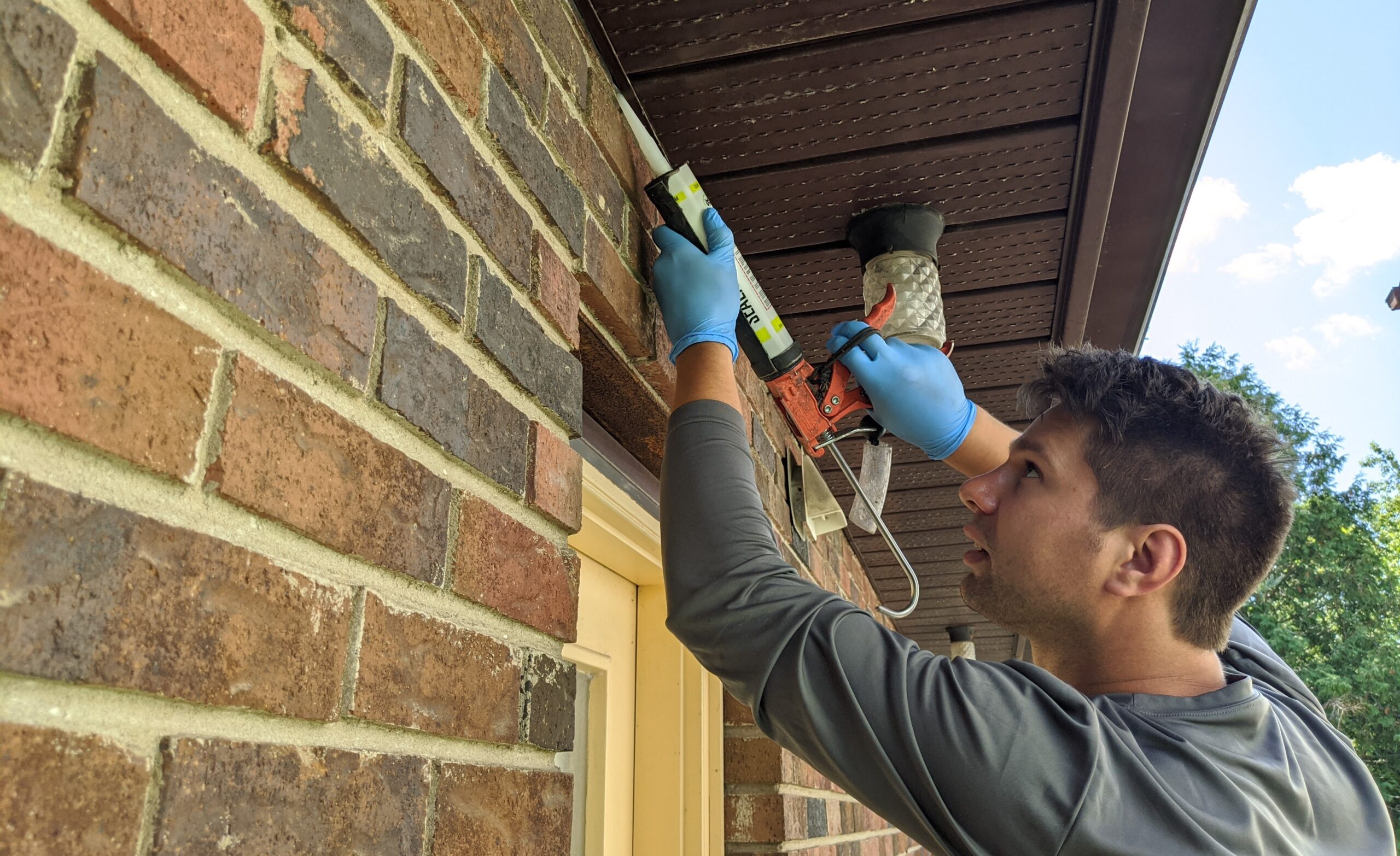
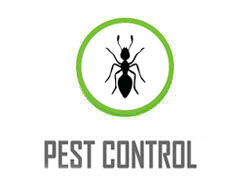
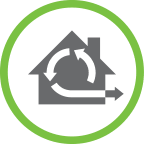

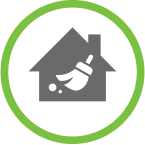
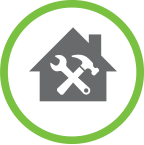



FOLLOW US